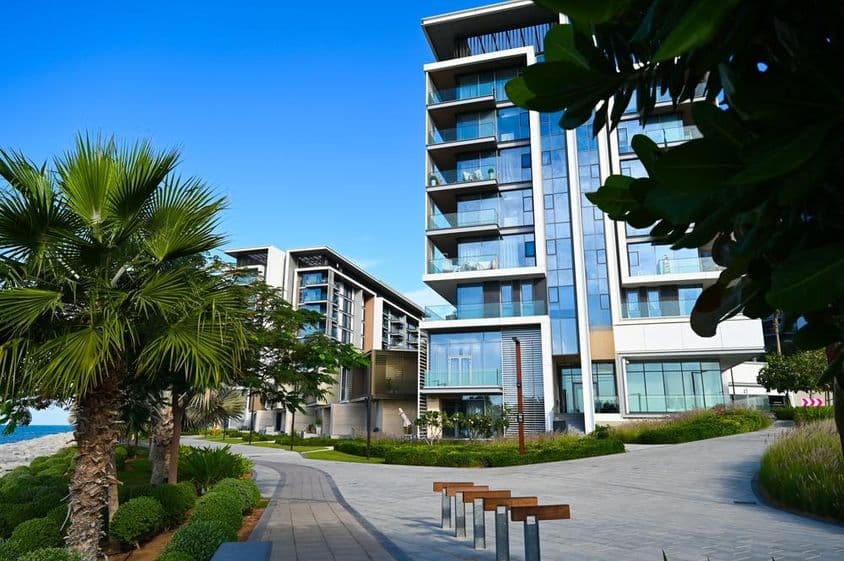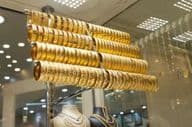Dubai Rental Rates: Why Prices Are Dropping

Rental Prices Decline in Some Dubai Areas – What's Behind It?
In recent years, Dubai's rental market has seen a steep rise, particularly in the post-pandemic period. The emirate's growing population and high demand have jointly driven up prices, especially in popular communities. However, it now seems that the momentum of rising rental rates has stalled; in fact, tenants can even witness declines in certain areas.
Market Stabilization After a Four-Year Rally
Experts believe that the era of double-digit rental rate increases has come to an end. The market is maturing, and rental prices are showing slower, more balanced growth. The drastic price hikes experienced over the last four years are now being replaced by stagnation and even price declines in some places.
Several factors contribute to this development. One of the key reasons is the introduction of the Smart Rental Index, which helps make pricing more transparent and fair. This particularly pressures owners of older buildings to offer more competitive rental rates.
Where Have Rental Prices Decreased?
Several districts are experiencing changes, especially where new housing units have entered the market. Communities like Nad Al Sheba and The Villa have seen a 7–9% drop in the past 12 months. Additionally, similar trends are noticed in Dubai Creek Harbour, Mohammed Bin Rashid City, and Dubailand areas, as significant numbers of new apartments have been handed over.
In contrast, premium communities such as Palm Jumeirah, Downtown Dubai, and Dubai Hills Estate still enjoy high demand, with prices remaining stable or slightly increasing. In these areas, limited supply and high demand for luxury apartments continue to keep prices elevated.
Mid-range and more affordable communities, like Jumeirah Village Circle (JVC), Dubai Sports City, and Discovery Gardens, also show stabilization signs – prices aren't dropping significantly, but the rate of increase has slowed.
Why Is This Happening Now?
The stabilization of the rental market results from several factors:
- The massive market entry of new housing units, increasing supply
- The introduction of the Smart Rental Index curbing unrealistic price hikes
- Some tenants turning to home purchases, reducing demand for long-term leases
- The decline in rental contract renewals, prompting owners to lower prices to attract new tenants
Competition is becoming fiercer, especially in areas with many new apartments. Owners who are unwilling to adapt to the market may find themselves with empty homes – resulting in lost income.
What to Expect in 2025 and 2026?
Experts forecast that a general decrease in rental prices is not anticipated, especially not in the city's more frequented parts. However, further declines are expected in certain districts where significant property handovers are occurring. New apartments and strong supply could help keep rental price increases slow in the future.
The market currently faces an adaptation period, where the rapid growth of previous years may be replaced by a much more predictable, balanced development path. This could benefit both tenants, who can find a larger selection and better prices, and owners, who seek stable and long-term tenants.
Summary
Dubai's real estate market remains on strong foundations thanks to economic stability and population growth. However, the dynamics of rental prices are changing: demand remains high in premium areas, while other districts experience declines due to oversupply. The slowing increase in rental prices and market maturation is good news for those seeking a home in Dubai—whether for renting or purchasing.
(The article is based on the report by Dubai Land Department and the introduction of the smart rental index.)
If you find any errors on this page, please let us know via email.


